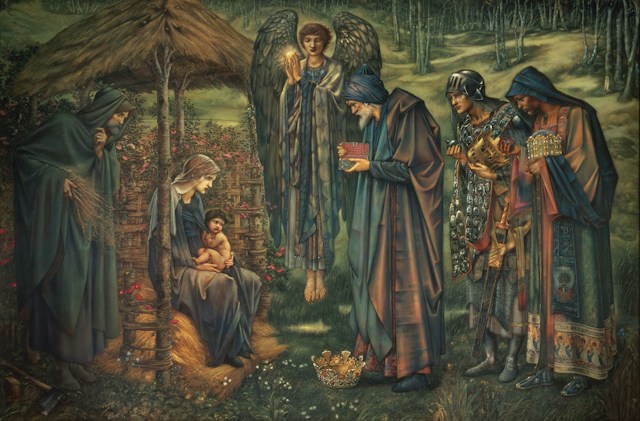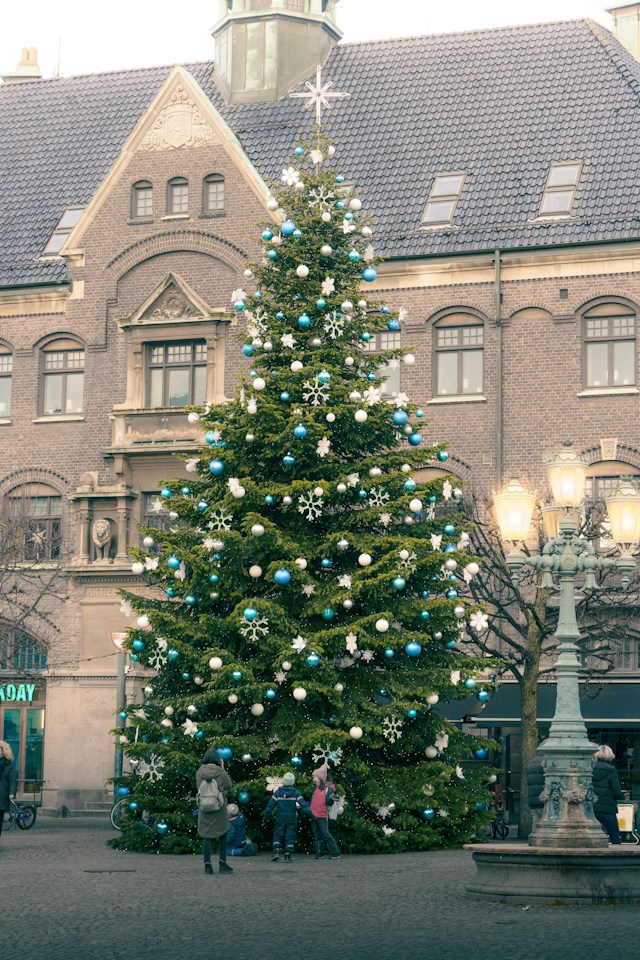This essay seeks to raise awareness in the Christian community on the importance of celebrating the Christmas (Christ’s birth) holiday, as we may be worshiping someone other than Christ throughout that month.

Table of Contents
Let us properly analyze what is behind the occurrence before we search it up. The article is not exhaustive, but it seeks to highlight issues to which Christians should respond according to the Bible.
In modern times, the Christian society celebrates Christmas without realizing the realities. As the name implies, Christmas is an English word that means “mass on Christ’s day.” The name and its meaning appear to be solely focused on Christ, however this is not the case.
The commemorative feast included several items and rituals that had no obvious connection to Jesus Christ’s birth anniversary holiday. The fir tree, evergreen foliage, mistletoe, and even Santa have no obvious connection to the birth of Christ. Of course, people try to relate everything to the birth of Christ, but this is clearly incorrect.
Santa Claus vs Christ’s birth
Santa Claus was acknowledged by Christian society as the Father of Christmas, the father of the holy anniversary of Christ’s birth. Does it make sense that the date here is for Christ’s birth, but the father of that day is Santa Claus?

According to the documents, Santa Claus was born before Christ and was made a saint when he died and granted his feast day, which was originally on December 6th in the 4th century. However, because ancient Christians could not agree on the date of Christ’s birth, December 25 became the official celebration in the fourth century. This was the day of the winter solstice feast for pagans throughout Europe during the Medieval era.

Pre-Christian pagan festivals and Christ’s birth
We can see that Christ’s birth date holiday is officially connected with pre-Christian pagan festivals. In December, have we been honoring the Santa Claus memorial and other pagans’ celebrations as well? If that’s the case, why would someone from then deliver it to us under the guise of Christ’s birth? It seems reasonable to me.
We can look at different types of Christmas decorations that aren’t tied to the birth of Christ.
- The fir tree, for example, has been utilized to celebrate winter celebrations by pagans for thousands of years.
- Evergreen foliage has been used as a symbol of life triumphing over darkness since ancient and Roman rituals around the winter solstice.
- During the period of the ancient Druids, the mistletoe plant possessed mystical abilities that brought good luck to the home and ward off evil spirits. In Norse mythology, the plant was employed as a symbol of love and friendship.
Regardless of how people try to relate the above-mentioned tree and plants to Christmas, they were all employed for pagan festival days as a symbol for their ritual while recently have been involved in the celebrating of Christ’s birth date without having any clear relationship with it.
Unfortunately, we accept any practice without first putting it to the test of God’s word. According to John4:1, we should not accept something as it is unless we thoroughly test it. According to the scripture, “Beloved, believe not every spirit, but try the spirits whether they are of God: because many false prophets are gone out into the world.”




[…] believe that worshiping angels will bring them […]